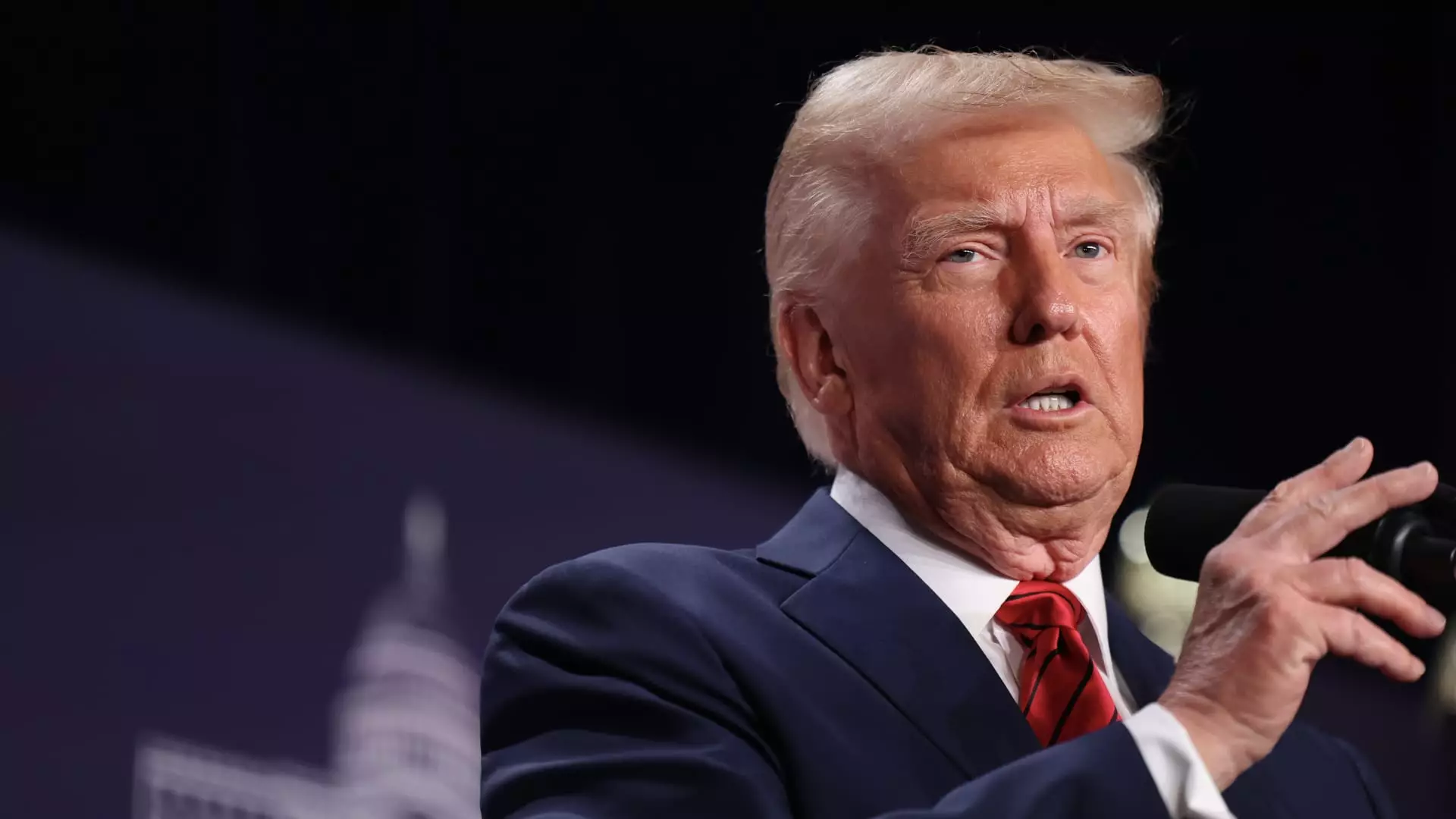Tariffs have been a hot-button issue in American economic policy, often stirring up debates among policymakers, economists, and the public alike. As President Donald Trump prepares to impose tariffs on imports from Canada, Mexico, and China, significant economic implications loom on the horizon. Although proponents argue that tariffs can protect American industries, an overwhelming consensus among economists is that the negative impact on U.S. consumers and the broader economy could be substantial.
Tariffs, essentially taxes on imported goods, are designed to make foreign products less competitive compared to domestic ones. They are thought to protect American jobs and industries by discouraging imports, but the reality is often more complex. The announced tariffs of 25% on goods from Canada and Mexico, and a 10% levy on China, will come into effect shortly and are expected to reshape the economic landscape. According to the Office of the U.S. Trade Representative, these three nations alone accounted for over $1.4 trillion in U.S. imports in 2022. By taxing these imports, the cost burden will inevitably be shifted to consumers, who will bear the financial consequences in the form of higher prices and reduced options on store shelves.
Economists warn that these tariffs could lead to palpable financial pain for American families. As businesses import goods, they will incur additional costs due to tariffs, which will likely be transferred to consumers. According to Mary Lovely, a senior fellow at the Peterson Institute for International Economics, even if there are exemptions for certain goods—such as Canadian oil or select agricultural products—the potential for increased prices remains high. She points out that tariffs generally trigger higher prices and fewer choices, complicating the shopping experience for average Americans.
The financial input of tariffs doesn’t end with consumer prices. Research indicates that a broad application of tariffs could shrink the U.S. economy significantly—by billions of dollars. For instance, some analyses project that a 10% additional tariff on Chinese goods could reduce economic output by approximately $55 billion during Trump’s term. A 25% duty on goods from Canada and Mexico might lead to a 200 billion dollar decline in gross domestic product (GDP). Given the vast interdependence of global supply chains, the cascading effects could ripple through other sectors, especially industries reliant on imported materials.
Beyond their immediate impacts, tariffs can trigger retaliatory actions from affected countries, potentially igniting trade wars that dive deeper into economic turmoil. Historical precedents show that countries such as China have retaliated against U.S. tariffs in the past, leading to an escalation that can dramatically affect American exports. This tit-for-tat approach not only jeopardizes international trade relationships but also threatens to result in job losses in various sectors, exacerbating the very problems tariffs aim to solve.
The argument for tariffs often hinges on the promise of job creation within protected industries. However, this narrative is increasingly viewed with skepticism. Economists argue that the job creation attributed to tariffs is vastly overstated. For every job created in the protected sectors, there can be multiple jobs lost across the economy. This is particularly evident in industries that rely heavily on imported inputs, such as steel or electronics, where job losses may far outweigh any gains made in specialized areas.
Looking towards the future, it’s vital to consider the long-term ramifications of such economic policies. Many economists predict that if tariffs are increased—or if a universal tariff is introduced—the average household could face up to $3,000 in additional costs by 2025. Such overwhelming expenses could lead to tangible shifts in consumer behavior and market dynamics. The underlying reality is that while tariffs may generate short-term benefits for certain industries, the broader economic ramifications can lead to higher costs and decreased economic vitality for millions of Americans.
While proponents of tariffs argue that they safeguard American jobs and industries, economists universally caution against this approach. The imposition of tariffs brings about immediate financial ramifications that could burden consumers, foster job losses in various sectors, and ignite trade wars. Understanding these dynamics is crucial for informed public discourse on economic policy moving forward. Rather than solely focusing on protectionism, a comprehensive approach that prioritizes sustainable growth and innovation should be sought.

